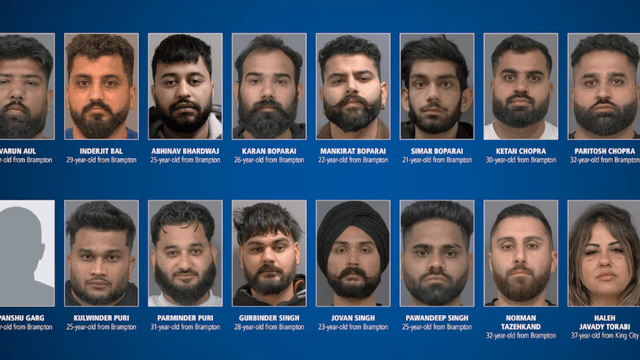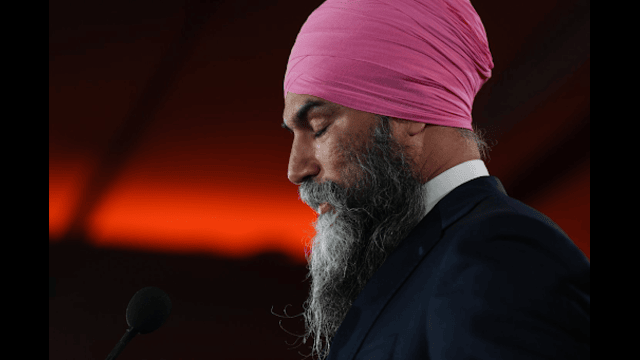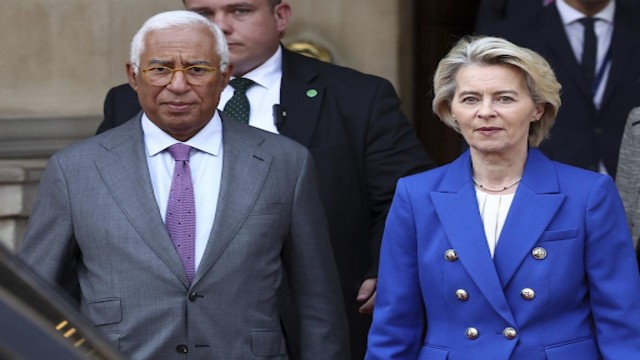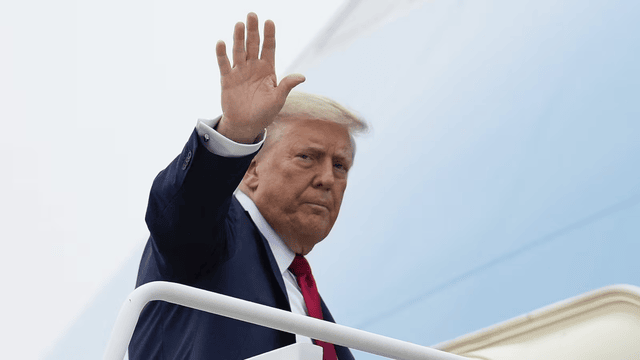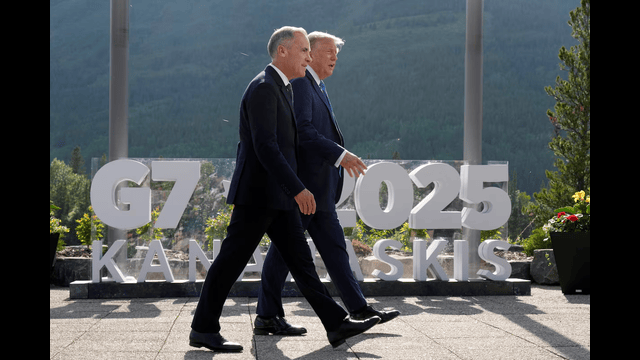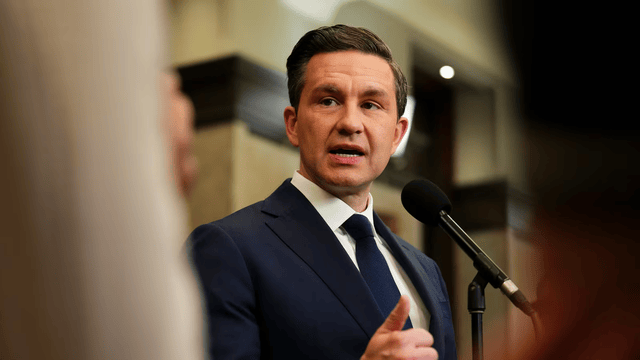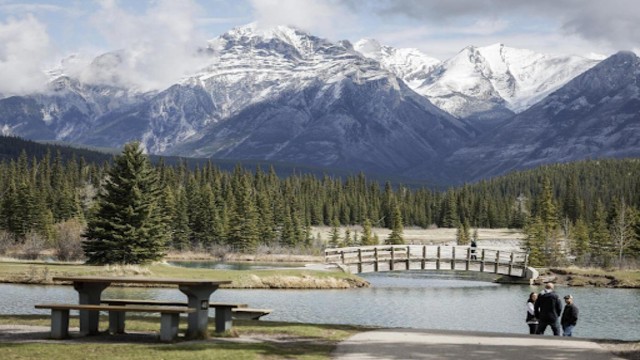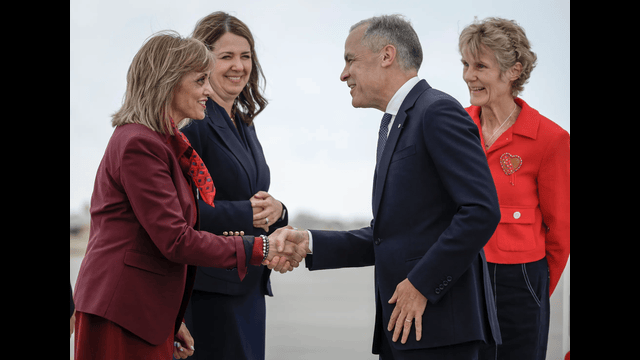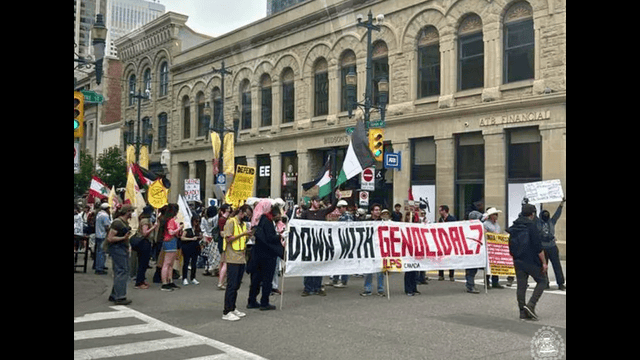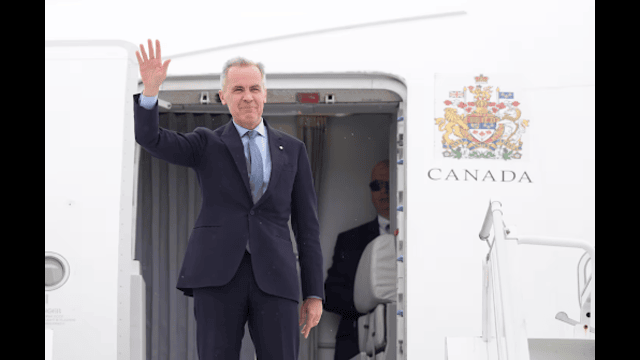
Prime Minister Mark Carney boards a government plane on May 5, 2025, heading to Washington for a meeting with President Donald Trump the following day. The Canadian Press
U.S. President Donald Trump and Canada’s Prime Minister Mark Carney are meeting at the White House. The two leaders are expected to discuss the ongoing trade war between their countries and how it has affected both economies. This meeting is their first in-person discussion since the recent Canadian election.
Trump mentioned he wasn’t sure about the exact agenda but assumed Carney wanted to make a deal. Carney boarded a plane from Ottawa to Washington to attend the meeting, joined by several high-ranking Canadian officials.
The Focus of the Discussion
Prime Minister Carney has expressed that the Canada-U.S. relationship is an important issue for his government. He has also referred to the trade war between the two nations as a major concern. This war has impacted industries and caused billions of dollars in losses for both sides. In addition, Trump has been vocal about questioning Canadian sovereignty, suggesting Canada should become a U.S. state.
At a press conference, Carney mentioned that the relationship between the two countries has changed fundamentally. He emphasized that the days of steadily increasing integration are over.
The Long-Awaited Meeting
Earlier this year, Carney and Trump had their first phone call as leaders of their countries. After the election in Canada, Carney promised that they would meet in person. Carney said the focus of their meeting would be on trade issues and future relations, especially economic and security matters between the two countries.
They are also expected to restart talks regarding the rules of North American trade. The Canada-U.S.-Mexico Agreement (CUSMA), a trade deal negotiated during Trump’s first term, will likely be discussed.
The Ongoing Trade War
Currently, the U.S. has placed tariffs on Canadian goods, including a 25% tax on steel and aluminum. There is also a 25% tariff on automobiles that are not protected by the CUSMA agreement. Trump has introduced a temporary rebate for U.S. car companies that assemble cars within the country to help offset these tariffs.
In response, Canada has introduced its own tariffs on U.S. goods, including vehicles and products like steel and aluminum. These tariffs have had wide-reaching effects, causing market fluctuations and temporary layoffs in the automotive industry.
Complexities of Reaching a Deal
U.S. Commerce Secretary Howard Lutnick has stated that reaching a deal with Canada is complex. He criticized Canada’s economic model, calling it “socialist,” and suggested that the U.S. has been supporting it for too long. He also pointed out that Canada benefits from the U.S. economy and questioned why American films and cars are produced in Canada.
Lutnick and other key members of Trump’s administration are expected to attend the meeting between Trump and Carney. He expressed uncertainty about how the meeting would unfold but was interested in observing the discussions.
Impact of Tariffs on Film Industry
President Trump has also threatened new tariffs on foreign-made films, citing them as a “National Security threat.” Many films are made in Canada, with cities like Toronto and Vancouver becoming popular filming locations for U.S. studios. If such tariffs were introduced, it could affect the film industry’s operations in Canada, where U.S. filmmakers benefit from financial incentives.
The meeting between Carney and Trump will be crucial in determining the future of U.S.-Canada trade relations. Both leaders face significant challenges in resolving their trade disputes and ensuring the economic stability of their countries.


